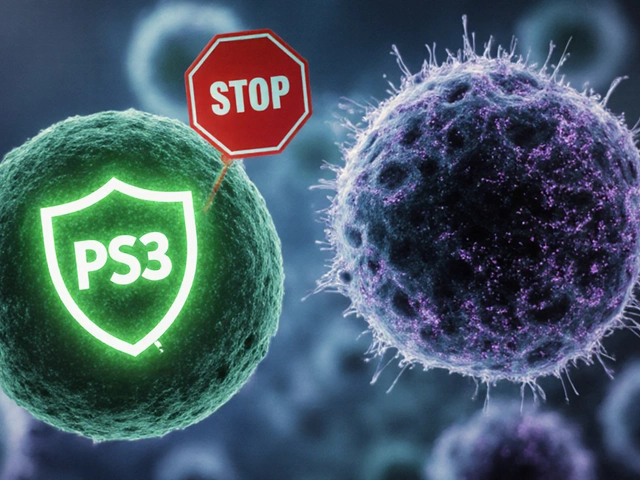Bone Never Heals? Understand Why and How to Fix It
Ever had a broken bone that still hurts months later? It can feel like the bone is stuck in limbo. When a fracture doesn’t close, doctors call it a non‑union. Knowing the reasons and the right actions can turn a stubborn injury into a healed one.
Common Reasons a Bone Doesn’t Heal
Most fractures mend on their own, but a few get stuck. Here are the main culprits:
- Insufficient blood supply: Bones need blood to bring nutrients and cells. A hit that crushes the blood vessels can leave the break under‑nourished.
- Movement at the fracture site: If the broken pieces wiggle too much, the body can’t lay down new bone. This often happens when a cast or splint isn’t snug enough.
- Smoking and alcohol: Both shrink blood vessels and slow the healing process. Heavy smokers and drinkers are at higher risk.
- Medical conditions: Diabetes, osteoporosis, and autoimmune diseases interfere with bone formation.
- Infection: An infection in the bone (osteomyelitis) creates an inflammatory environment that blocks repair.
Spotting a non‑union early makes treatment easier. Look for persistent pain, swelling, or a gap you can feel under the skin after the usual healing time (usually 6‑8 weeks for most bones).
What You Can Do to Help Your Bone Repair
Once you suspect a non‑union, talk to an orthopaedic surgeon. They may suggest a mix of these steps:
- Improve blood flow: Quitting smoking, limiting alcohol, and staying active (within safe limits) boost circulation.
- Nutrition: Eat plenty of calcium‑rich foods (milk, cheese, leafy greens) and vitamin D sources (sunlight, fortified foods). Protein is also key for tissue repair.
- Bone‑stimulating devices: Low‑intensity pulsed ultrasound (LIPUS) or electrical stimulation can jump‑start the healing process.
- Surgery: If the bone still won’t join, a surgeon may clean the fracture site, add bone graft material, and lock the pieces with plates or screws.
- Medication: In some cases, doctors prescribe drugs that encourage bone growth, such as teriparatide.
Physical therapy also plays a role. A therapist can teach safe exercises that strengthen muscles around the injury, giving the bone extra support without stressing the break.
Don’t ignore a lingering fracture. Even if pain seems manageable, a weak bone can break again easily. Early imaging (X‑ray or MRI) helps confirm whether the bone is still open or has started to close.
In summary, a bone that “never heals” usually has an underlying issue you can address. Stop smoking, eat right, keep the injured area stable, and follow your doctor’s plan. With the right steps, most non‑unions turn into solid, pain‑free bones.





